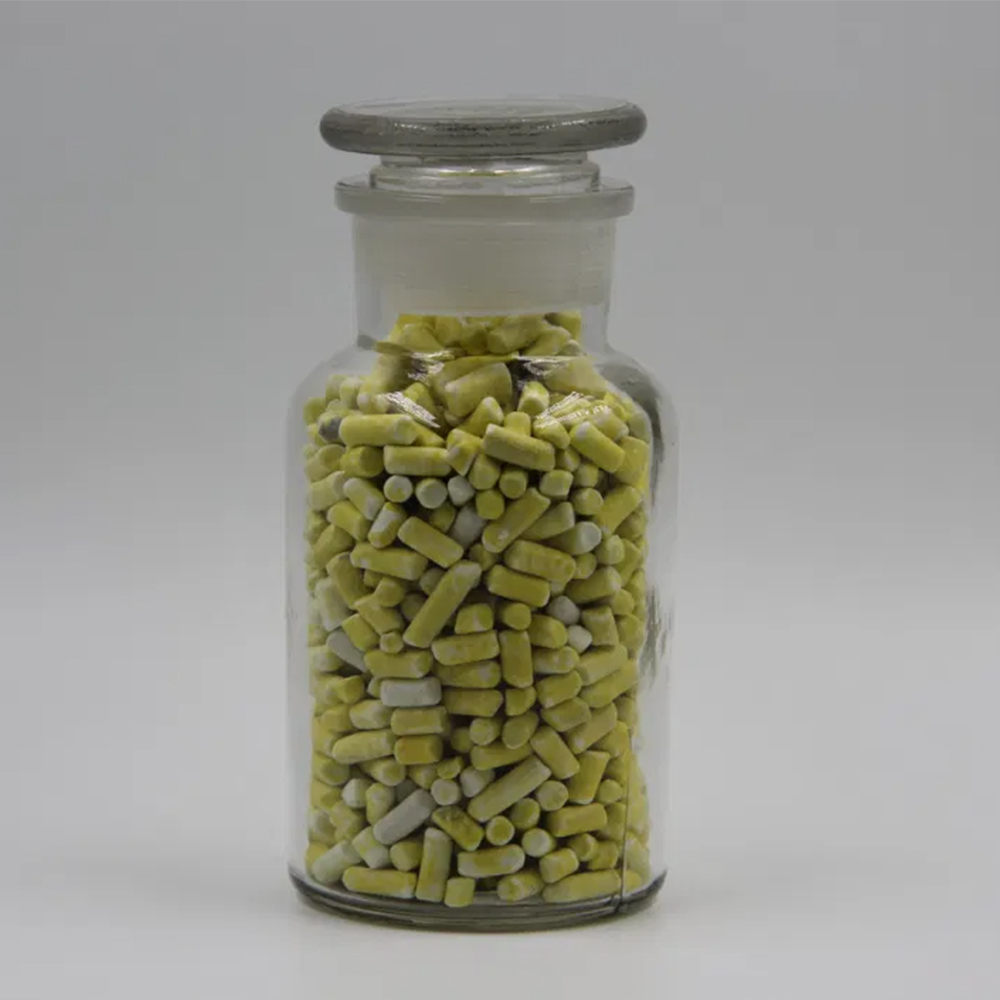



Using Citric Acid with Sodium Chlorite for Disinfection and Sanitization Applications
The Synergistic Effects of Sodium Chlorite and Citric Acid A Comprehensive Overview
Sodium chlorite (NaClO2) and citric acid (C6H8O7) are two chemicals that, when combined, exhibit a range of beneficial properties, particularly in disinfection and water treatment applications. Understanding their individual characteristics and how they interact can provide insights into their practical uses across various industries.
Understanding Sodium Chlorite
Sodium chlorite is a stable, inorganic compound commonly used as a bleaching agent and disinfectant. It is particularly valued for its effectiveness in eliminating bacteria, viruses, and mold from surfaces. Sodium chlorite works by releasing chlorine dioxide (ClO2), a powerful oxidizing agent that disrupts the cellular processes of microorganisms, leading to their death. Because it does not produce harmful residues like some traditional disinfectants, sodium chlorite has gained popularity in food safety, water treatment, and sanitation in healthcare facilities.
Exploring Citric Acid
On the other hand, citric acid is a naturally occurring organic acid found in citrus fruits. It is widely recognized for its sour flavor, but its applications extend far beyond culinary uses. Citric acid is a versatile chelating agent, meaning it can bind to metal ions, helping to improve the efficacy of cleaners and disinfectants. It is also biodegradable, non-toxic, and has antimicrobial properties, making it an attractive option for environmentally conscious applications.
The Benefits of Combining Sodium Chlorite and Citric Acid
When sodium chlorite is mixed with citric acid, an interesting chemical reaction occurs, producing chlorine dioxide. This reaction occurs because citric acid serves as an acidifying agent, transforming sodium chlorite into chlorine dioxide gas. The resulting solution is a potent disinfectant, which can be more effective than either component when used independently.
sodium chlorite with citric acid

1. Enhanced Disinfection Efficiency The combination of sodium chlorite and citric acid delivers a powerful antimicrobial effect. Studies have shown that the resultant chlorine dioxide is effective against a wide array of pathogens, including bacteria that are resistant to other disinfectants. This makes the mixture ideal for applications in hospitals, food processing plants, and other sanitary environments.
2. Broader Application Range The versatility of chlorine dioxide allows for its use in diverse settings. For instance, food industries can utilize it to sanitize equipment and surfaces without leaving toxic residues, while water treatment plants can use it for purifying drinking water—providing safe and effective disinfection.
3. Environmental Safety Both sodium chlorite and citric acid are relatively safe for the environment compared to many traditional disinfectants. Their combined use supports sustainable practices in sanitation efforts, as chlorine dioxide decomposes into non-toxic byproducts.
4. Cost-Effectiveness Using sodium chlorite and citric acid as a disinfecting solution can also be economically advantageous. The raw materials are generally less expensive than many commercial disinfectants, and the broad spectrum of activity can reduce the need for multiple different cleaning agents.
Proper Usage and Safety Considerations
Despite the benefits, it is essential to handle both sodium chlorite and citric acid with care. Sodium chlorite should be stored away from heat and incompatible substances, and protective gear should be worn during preparation to prevent skin or eye irritation. Additionally, preparation of the chlorine dioxide solution should be done in well-ventilated areas to avoid inhaling any gas produced during the reaction.
In conclusion, the combination of sodium chlorite with citric acid results in a powerful disinfectant that offers enhanced antimicrobial properties, environmental safety, and broader application potential. By understanding the interplay between these two chemicals, industries can improve their sanitation processes while adhering to environmental standards. This synergy not only highlights the importance of exploring chemical interactions but also paves the way toward more effective and safe disinfection practices in our ever-evolving modern world.
-
Why Sodium Persulfate Is Everywhere NowNewsJul.07,2025
-
Why Polyacrylamide Is in High DemandNewsJul.07,2025
-
Understanding Paint Chemicals and Their ApplicationsNewsJul.07,2025
-
Smart Use Of Mining ChemicalsNewsJul.07,2025
-
Practical Uses of Potassium MonopersulfateNewsJul.07,2025
-
Agrochemicals In Real FarmingNewsJul.07,2025
-
Sodium Chlorite Hot UsesNewsJul.01,2025










